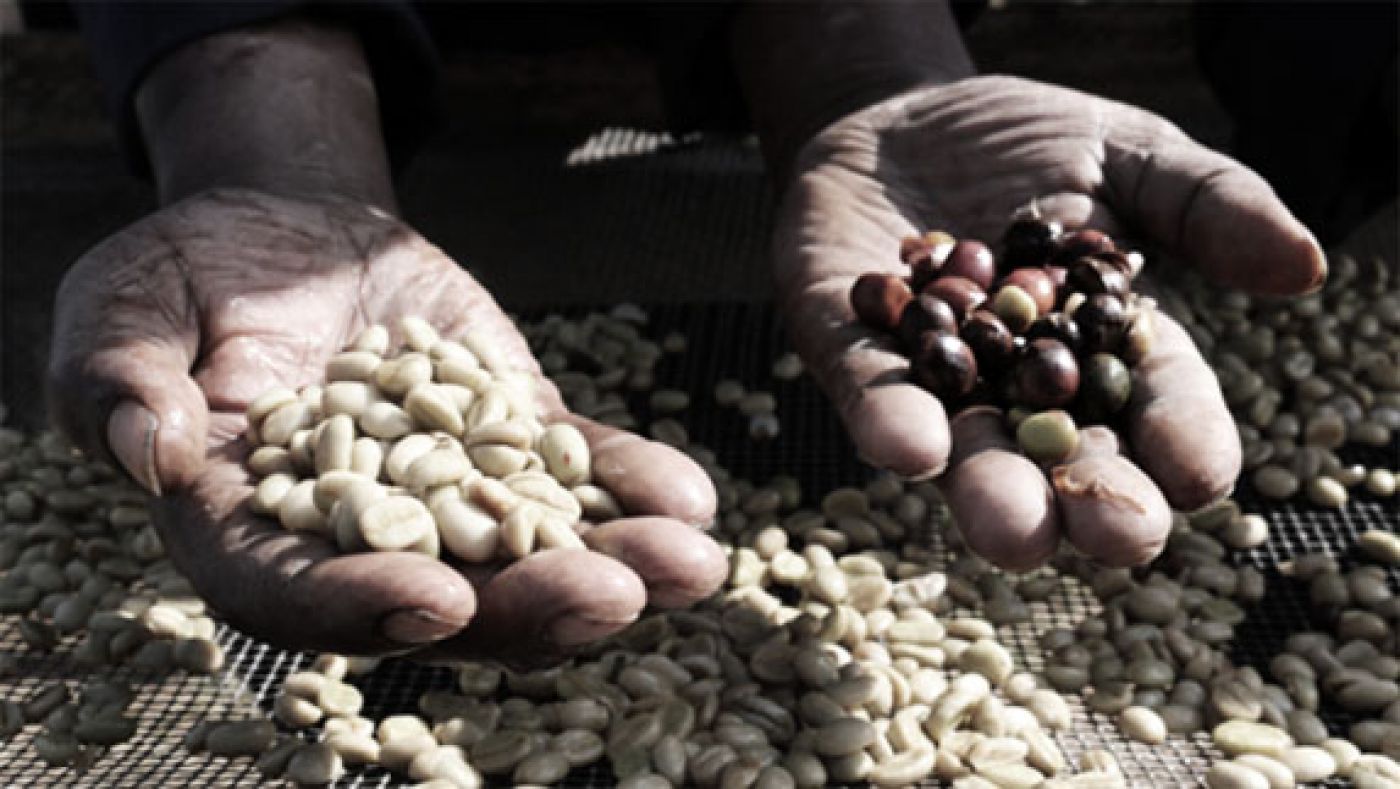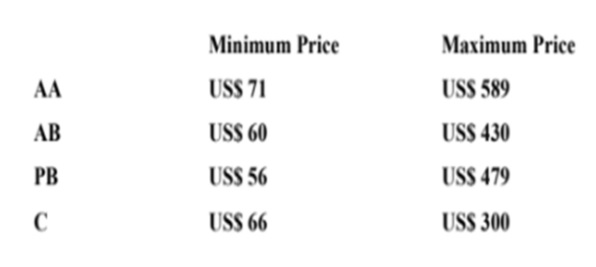
Coffee grading system in Kenya
In the previous post, we explained how the auction system works in Kenya and how it is possible to trace as an importer and also as a final buyer,routs from the coffee farm to the wash station and finally to the auction room where all the action happens.
Frequently, we have common questions and doubts about Kenyan coffees. Here is, a small guide to solve them
What is the difference between a AA and a AB? Is a AA a quality parameter?
There are some important grading steps in coffee processing that will help us understand quality parchment and quality coffee. As we know, the most common way to process Kenyan coffee is completley washed.
When the cherries are delivered to the mils, a final sorting is done before processing and only ripe cherries are allowed in the hopper.
Natural coffees also exist in Kenya. They are produced by the remaining cherries that don't pass the quality cut. They spread them to be dried on tarps and beds, conserving the pulp and creating the natural Kenya called Mbuni.
Parchment classificaton:
Coming back to the ripe cherries, these will pass through a pulping disc and immediately they will be classified by the water according to their density and seperated into at least 3 parts. The 1st Parchment is the heaviest, the 2nd Parchment is the medium and the P3 or P-Light are the lightest grains.
These 3 parts will be fermented separetely, washed, soaked and dried seperatlety on different beds and always with their labels on.After drying, the parchment will rest before being processed, also seperately
Green classification:
In the dry mill, the coffee will go through the stripper, thresher and polishing machines before reaching the sorters where the letter appear.
The sorters are giant screens that sort grains by size. The grades in this case are physical parameters as opposed to one of quality.
- AA: Screen 18, (15-20% of all the production)
- AB: Screen 16.
- C: Screen 15/10.
- PB: Peaberry 12 - they make 10% of the production.
- E: Elephant beans 20, usually 2 seeds that are united in the same coffee cherry.
The same happens for all C grades where light beans are removed and called grade T, the smallest grade typically used for low-quality commercial coffees.
All the coffees delivered to the dry mill will go through the same process and throughout the season, being P1, P2 or light beans. They are classified on the same screens.
Can I have a AA from a P2? Of course, but the amount of a AA you will find will me proportionally smaller than a P1.
And finally... Does it mean that a larger grade will always have more quality? Let the auction report on February the 6th answer:

We can detect some interesting things:
1) AA grade prices have a huge range showing a big difference in quality. 2) If we look at the worst price of grade C, it's higher than the lowest AB price of the day. While the best price of PB is higher than the best AB price of the day.
At the same time, we cannot say that the denser and heavier beans won't be better tasting then their lighter C-grade counterparts form the same batch. But it is important to know that its not always the case or a rule.
The conclusion is that a AA grade batch may taste harsh or fermented like a C or T grade due to the processing issues. While many PB and AB can taste better and more expensive than a bad AA.
In the next post we will explain how the payment flow system works in Kenya and how it affects producers. Follow our steps through Kenya!

